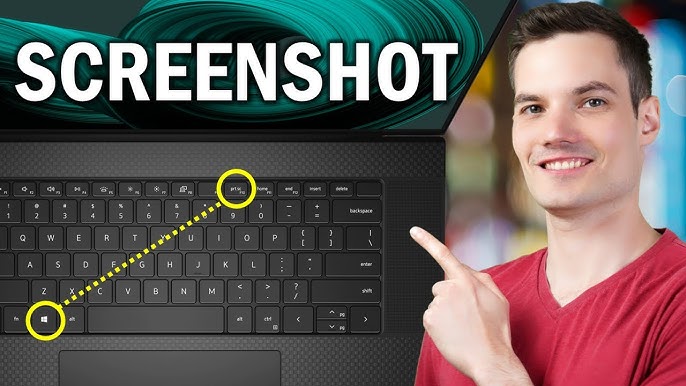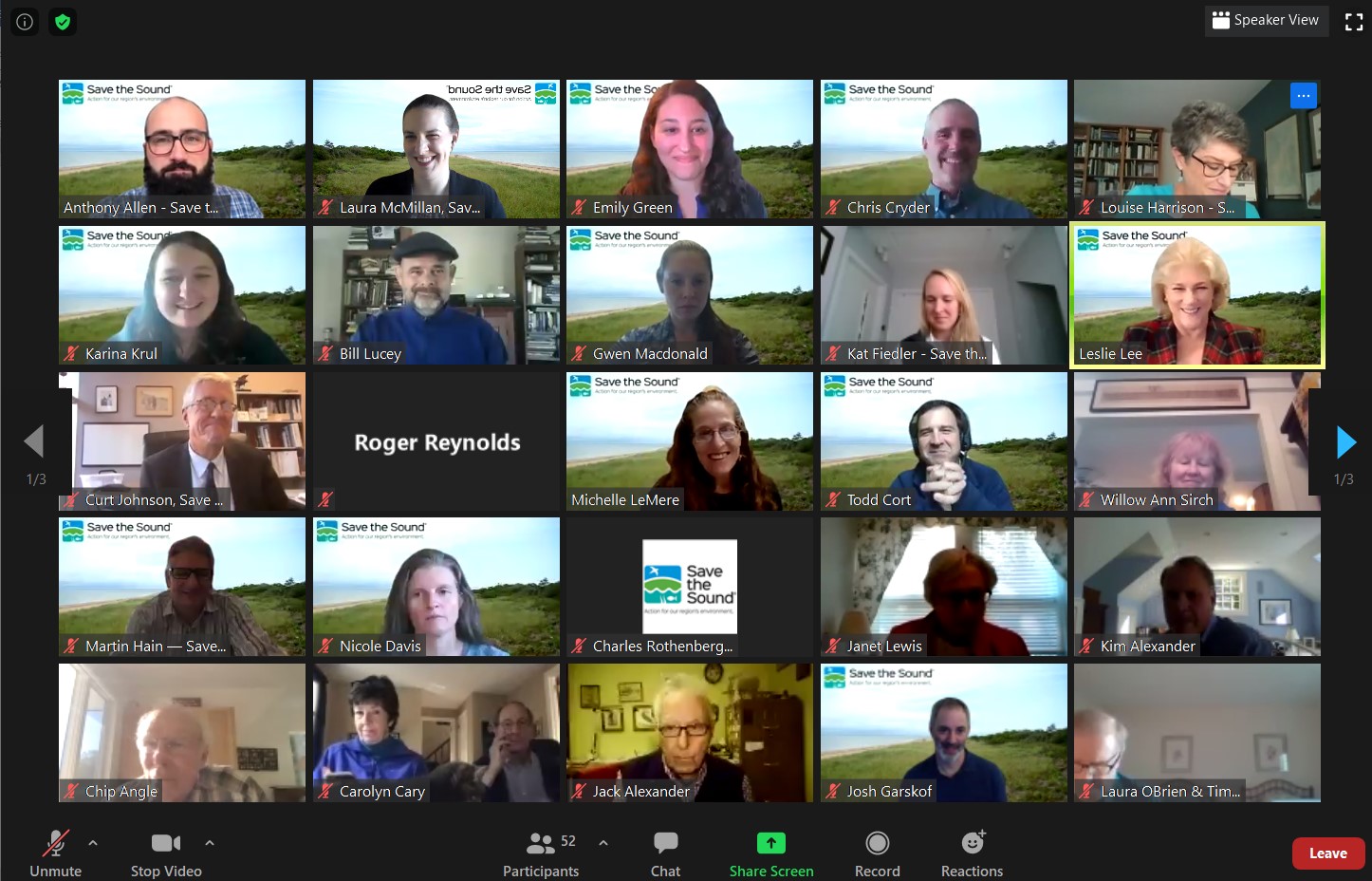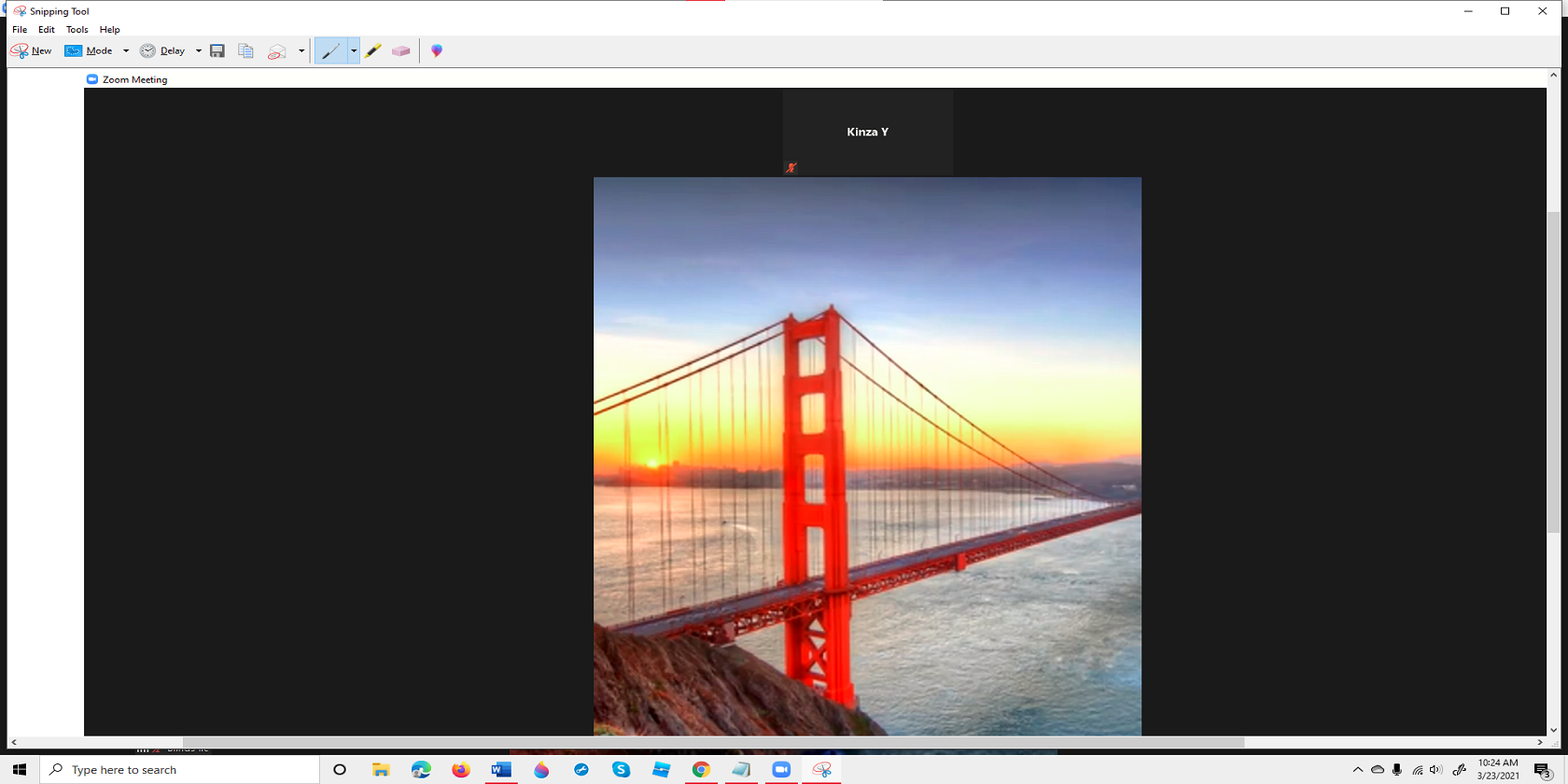Can Zoom Catch Your Screenshot Sneak?

In today's digital age, online communication platforms like Zoom have become an integral part of our personal and professional lives. Whether it's a virtual meeting with colleagues or a catch-up call with friends, Zoom has made it possible to connect with people from the comfort of our homes. However, with the increasing reliance on these platforms, questions about privacy and security have also arisen. One such query that has piqued the curiosity of many is whether Zoom can detect screenshots taken during a video call. In this comprehensive article, we delve into the intricacies of Zoom's capabilities, explore its features, and uncover the truth behind its screenshot detection.
The Zoom Platform: A Brief Overview

Before we dive into the screenshot detection debate, let’s familiarize ourselves with the Zoom platform. Zoom Video Communications, Inc., commonly known as Zoom, is a technology company founded in 2011. It offers a range of communication services, including video conferencing, online meetings, chat, and phone systems. With its user-friendly interface and robust features, Zoom has gained immense popularity, especially in the post-pandemic world where remote work and virtual interactions have become the norm.
Zoom's success can be attributed to its seamless integration of various communication tools. The platform allows users to schedule and host meetings, share screens, collaborate in real-time, and even record sessions for future reference. Its ease of use and high-quality video and audio have made it a preferred choice for individuals, businesses, and educational institutions alike.
The Debate: Can Zoom Detect Screenshots?

The question of whether Zoom can catch users taking screenshots during a video call has sparked curiosity and concern among its users. While some speculate that Zoom has advanced monitoring capabilities, others remain skeptical. To shed light on this matter, let’s examine the technical aspects and explore the reality behind screenshot detection on Zoom.
Understanding Zoom’s Monitoring Features
Zoom, like many other video conferencing platforms, offers certain monitoring and security features to ensure a smooth and secure user experience. These features primarily aim to prevent unauthorized access, maintain privacy, and deter disruptive behavior during calls.
One of the key monitoring tools employed by Zoom is the "Participant Attention Tracking" feature. This feature, when enabled by the host, allows the platform to track users' activities and detect if they are actively engaged in the call. It can identify if participants are sharing their screens, switching between applications, or even minimize the Zoom window. However, it is important to note that this feature is designed to ensure user engagement and does not specifically target screenshot activities.
| Monitoring Feature | Description |
|---|---|
| Participant Attention Tracking | Tracks user engagement and detects changes in screen focus. |
| Screen Sharing Controls | Allows hosts to manage screen sharing permissions and monitor shared content. |
| In-Meeting Chat Monitoring | Enables hosts to review and moderate chat messages during a call. |

Additionally, Zoom provides hosts with the ability to manage screen sharing permissions. This feature allows hosts to control who can share their screens and when. While this does not directly detect screenshots, it gives hosts the power to monitor and manage the content being shared during a call.
The Technical Reality of Screenshot Detection
Now, let’s address the main question: Can Zoom detect when a user takes a screenshot during a video call? The answer, in short, is no. Zoom does not possess the technical capability to detect screenshots taken by individual users.
Screenshots are captured by the operating system of the user's device, and they are not inherently visible to the application running on the device. Zoom, as a video conferencing platform, operates within its own window and does not have direct access to the underlying operating system's functionalities.
While Zoom can monitor certain activities and changes in the user interface, it cannot differentiate between a legitimate user interaction and a screenshot being taken. The screenshot action is treated as a normal user input, and Zoom lacks the ability to identify and flag such activities as suspicious or unauthorized.
Potential Concerns and Best Practices
Although Zoom itself cannot detect screenshots, it is important to consider the broader implications and potential risks associated with screenshotting during a video call.
When participating in a Zoom meeting, it is essential to respect the privacy and confidentiality of the discussion. Screenshotting sensitive information or personal details shared during a call can lead to ethical and legal issues. It is crucial to obtain proper consent and follow the guidelines set by the meeting host or the organization conducting the call.
To maintain a secure and respectful virtual environment, here are some best practices to consider:
- Seek permission before capturing any screenshots during a call.
- Refrain from sharing sensitive or confidential information that may be captured in screenshots.
- Utilize Zoom's built-in features, such as the "Record" function, to officially document the meeting, ensuring compliance with privacy regulations.
- Be mindful of your surroundings and ensure that no personal or sensitive information is visible in the background that could be captured in a screenshot.
Exploring Advanced Security Measures
While Zoom may not have the capability to detect individual screenshots, it continuously enhances its security features to protect user data and privacy. Zoom has implemented various advanced security measures to address potential vulnerabilities and ensure a safe virtual environment.
End-to-End Encryption
Zoom introduced end-to-end encryption as a security measure to protect the confidentiality of user data. End-to-end encryption ensures that only the intended recipients can access and decrypt the information transmitted during a call. This feature provides an added layer of security, making it difficult for unauthorized parties to intercept and access sensitive data.
Two-Factor Authentication
To strengthen account security, Zoom offers two-factor authentication (2FA). This feature requires users to provide an additional form of verification, such as a code sent to their mobile device, along with their login credentials. By enabling 2FA, users can significantly reduce the risk of unauthorized access to their Zoom accounts.
Meeting Passcodes and Waiting Rooms
Zoom provides the option to require passcodes for joining meetings. This added security measure ensures that only invited participants can access the call, preventing unauthorized individuals from joining. Additionally, the waiting room feature allows hosts to manually approve participants, further enhancing control over who enters the meeting.
Future Implications and User Education
As video conferencing platforms like Zoom continue to evolve and become an integral part of our digital lives, it is crucial to stay informed about their capabilities and limitations. While Zoom may not detect screenshots, users must be aware of the potential risks and ethical considerations associated with capturing sensitive information.
User education plays a vital role in fostering a secure and respectful virtual environment. It is essential to raise awareness about the proper use of Zoom and other similar platforms. Organizations and individuals should promote best practices, emphasize the importance of privacy, and provide guidance on handling sensitive information during virtual meetings.
Addressing Misinformation and Promoting Awareness
Misinformation and myths surrounding screenshot detection can create unnecessary anxiety and mistrust among users. It is important to address these misconceptions and provide accurate information to dispel any fears. By clarifying Zoom’s capabilities and limitations, users can make informed decisions and engage in virtual interactions with confidence.
Continuous Platform Improvement
Zoom, like any other technology company, is dedicated to continuous improvement and innovation. As privacy and security concerns remain at the forefront, Zoom is likely to enhance its security features further. By staying updated with the latest developments and security measures, users can ensure they are utilizing the platform securely and responsibly.
Can Zoom notify the host when a screenshot is taken?
+No, Zoom does not have the capability to notify the host or other participants when a screenshot is taken. The screenshot action is treated as a normal user input and is not detected by the platform.
Are there any legal implications for taking screenshots during a Zoom call?
+The legality of taking screenshots during a Zoom call depends on various factors, including the nature of the information being shared, privacy laws, and the context of the call. It is important to obtain consent and follow privacy guidelines to avoid any legal consequences.
Can Zoom detect screen recording software?
+Zoom does not have the ability to detect screen recording software specifically. However, it can detect changes in the user interface, such as the activation of screen recording tools. It is important to use screen recording features responsibly and with proper consent.
In conclusion, while Zoom may not have the capability to detect individual screenshots, it offers a range of security features to protect user privacy and data. By understanding the technical limitations and implementing best practices, users can navigate the virtual world with confidence and respect. As Zoom continues to evolve, staying informed about its features and security measures will ensure a secure and enjoyable virtual experience.



